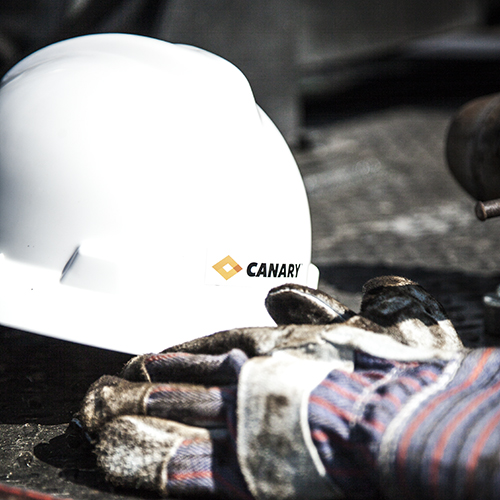From sluggish to slumped to slightly on the mend, energy prices have taken the industry on a harrowing ride the past couple of years.
What will 2017 bring? With evidence that US shale producers beat OPEC at its own game – outlasting the cartel after it refused to cut production during a worldwide glut, a position it recently reversed to remedy member nations’ financial woes – a drawdown of inventories is expected. Of course, fluctuations in global demand and the possibility that OPEC will cheat on its promise to cap output may mean excess supplies won’t completely disappear. But still, I believe the outlook for the domestic energy sector is bright.

